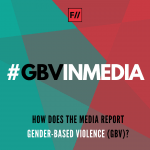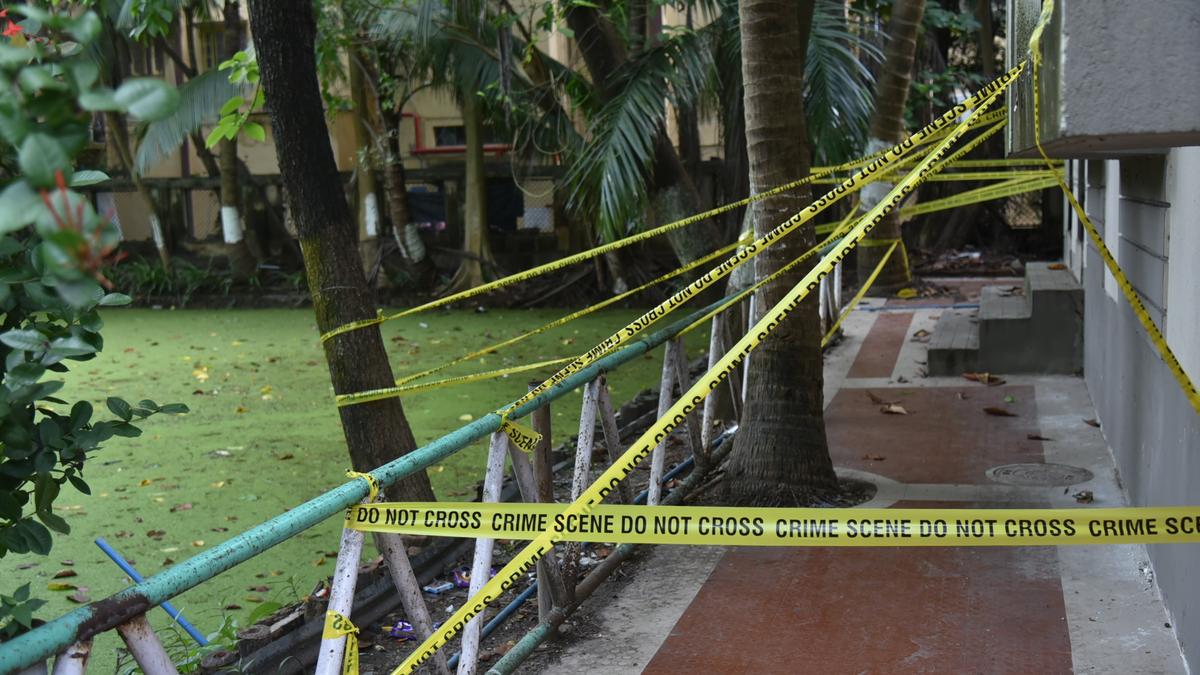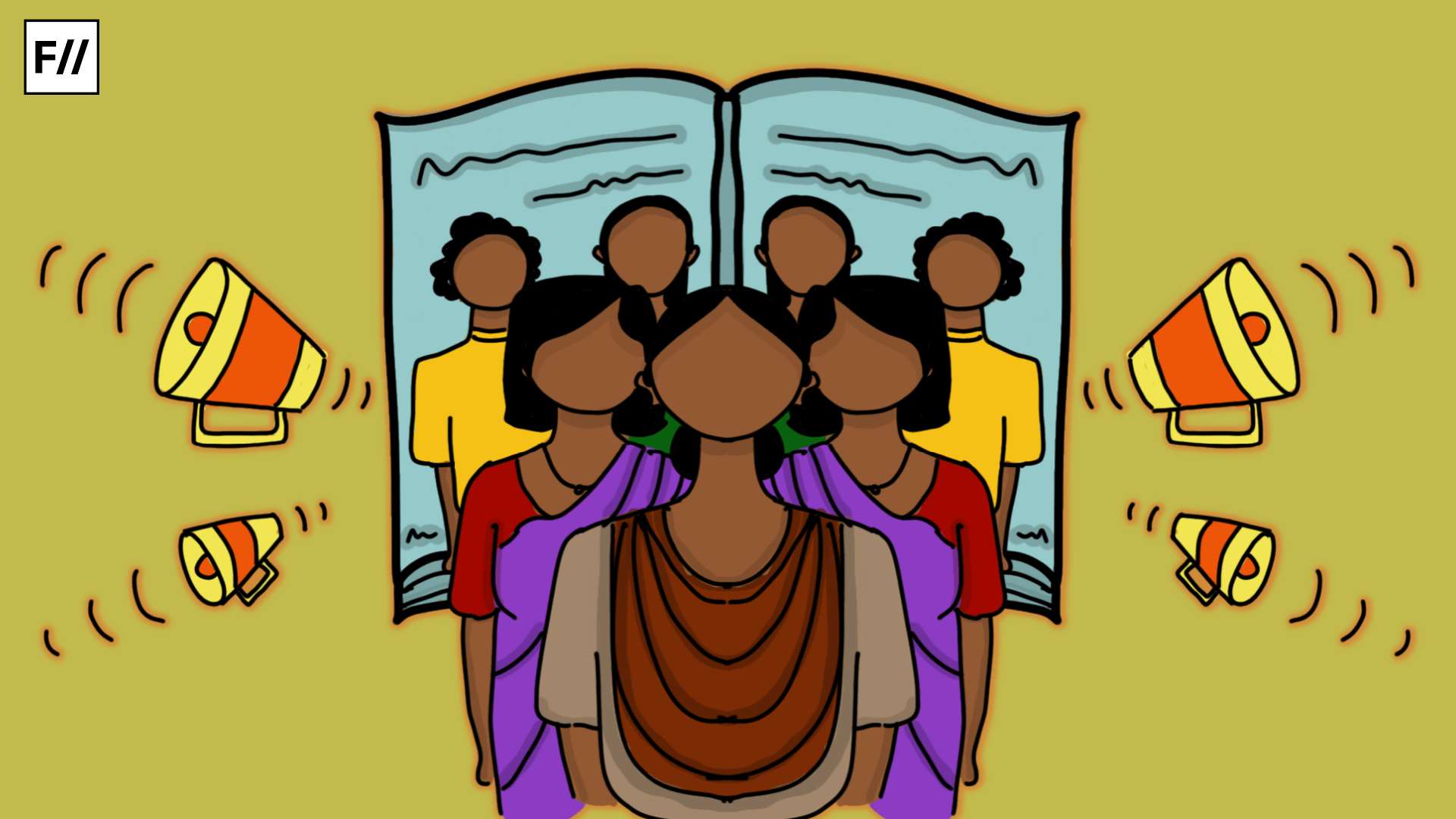 Editor’s Note: This article is a part of FII’s #GBVinMedia Campaign, which interrogates mainstream media’s reportage of gender-based violence from an intersectional feminist perspective. FII has created the #GBVinMedia toolkit as a guide for journalists and media professionals to report gender-based violence sensitively and ethically. If you wish to get in touch regarding this campaign, please email asmita@feminisminindia.com.
Editor’s Note: This article is a part of FII’s #GBVinMedia Campaign, which interrogates mainstream media’s reportage of gender-based violence from an intersectional feminist perspective. FII has created the #GBVinMedia toolkit as a guide for journalists and media professionals to report gender-based violence sensitively and ethically. If you wish to get in touch regarding this campaign, please email asmita@feminisminindia.com.The reach of media is unsurprisingly high, traversing local and international borders. Its coverage of issues like violence against women guide the public discourse and shape the opinion and understanding of its viewers and readers. The relationship between media, public opinion, and policy is complex, but there is little doubt that media coverage matters. The media also does not operate in isolation – it both shapes and is shaped by the social norms and context it thrives in.
A study undertaken by Shah (2016), who is a researcher with MIT Media Lab and the Harvard Berkman Klein Centre, tried to find answers to how the Indian news reports women’s issues. She tracked and analysed millions of stories published online in India. The study chose 4 topics – rape, selective abortion, dowry and child marriage.
The research’s result showed that there are primarily two lenses through which those issues are discussed in the media – a “blame game” driven response to the problems, and an episodic approach the reporting. The “blame game” responses directed the cause of the problem to an individual – a rapist, criminal or a failure of a political leader. A focus on ‘victim’, ‘assault’, ‘criminal’ narrative, limits the exploration of causality of the issue to the complex causes of gender inequality. The second approach, the study adds, takes a more episodic take on the incident – focusing on the event of rape, or dowry violence. It circles around the fallacious argument of isolating such occurrences as crime cases, rather than as continued consequences of systemic failures like patriarchy or unequal opportunities.
The research’s result showed that there are primarily two lenses through which those issues are discussed in the media – a “blame game” driven response to the problems, and an episodic approach the reporting.
In addition to the two lenses discussed by Shah (2016), sometimes media reporting, especially the online news, also tends to fall into the trap of descriptive reporting as click-baits to grab more eyeballs. Indulging in practice of sharing gruesome details, sensationalization and over-dramatisation of the incident is not uncommon. Such reporting fails to draw the much needed linkages with structural factors such as societal norms and the culture. It fails to address violence against women as an abuse of power, and an act of control. It also prevents readers from introspecting and asking themselves – are they in anyway a part of the problem or can they in any way contribute to the solution?

The way a news is conveyed also tends to fuel the issue of victim-blaming – blaming the person to whom something was done rather than the person who did it. As a solution to that, Jane Gilmore (journalist, feminist and activist) calls for ‘fixing’ the way news, especially headlines, are written around violence against women. Drawing from one of her blog posts, where she quotes Jackson Katz’ TED talk on violence against women, she urges the readers to critically look at the language of reporting.
Look at the 4 sentences –
John beat Mary
Mary was beaten my John
Mary was beaten
Mary is a victim or Mary is a battered woman
On the surface, the 4 sentences appear similar in meaning. But the essence of the sentence shift from first, John being the subject, to a passive voice where the focus shifts from John to Mary. In the third sentence, John is invisible. This leaves the readers wondering why was Mary beaten? Who beat Mary? In the fourth sentence, the incident becomes Mary’s identity, and John is not relevant to the conversation anymore. As the example illustrates, focusing reporting on the victim’s identity, the action or the incident disregards the perpetrator and the reasons that may have led them to act violently. A focus on the victim places all the attention on them, creating a space where the only person judged is the victim. Instead, reporting should guide readers to ask what are the reasons that led to the perpetrator to act violently and how we can address those at a societal level.
A focus on the victim places all the attention on them, creating a space where the only person judged is the victim. Instead, reporting should guide readers to ask what are the reasons that led to the perpetrator to act violently and how we can address those at a societal level.
This is not to say that things are not changing. In the UK, a feminist organisation called Level Up has won a campaign to change how the media reports domestic violence. They have come up with 5 key guidelines to improve reporting on domestic violence. The guidelines emphasise the need for “sensitive reporting that is neither sensational nor speculative…”
Accountability: Place responsibility solely on the abuser
Accuracy: Name the crime as domestic violence, instead of “tragedy” or “horror”, and include the helpline numbers at the end of the article
Dignity: Avoid sensationalising language, invasive or graphic details that compromise the dignity of the woman
Equality: Avoid insensitive or trivialising language or images
Images: Avoid using images that reinforce the myth that it’s only a physical crime
Australian media too is evolving, especially in the aftermath of the #MeToo movement. Some of the recommended guidelines to report a ‘domestic homicide’ are – contextualise the story with statistics or expert comment about violence against women label the incident for what it was, such as “domestic violence” humanise the story and, if possible, give a name to the victim if relevant (and legal), report on the perpetrator’s prior violence include domestic violence helplines.
Without these elements, the article says, the incident is represented as an isolated and random event and allows the rest of society to dismiss it as someone else’s problem.
In India, there are various legislations that guide how media reports violence against women. For instance, there are laws to maintain anonymity of a rape victim and their families. In addition to the rules stated under The Protection of Children from Sexual Offences (POCSO) Act 2012, National Human Right Commision and National Commission for the Protection of Child Rights guidelines explicitly specify that under no circumstances should the identity of the child be disclosed. The reporter should uphold the principle of confidentiality so as to not put the child and the family under further emotional and mental distress. It also urges media to ensure that the stories are informative and not sensational.
Until there are standardised media guidelines in India that are enforceable, the onus falls on the journalists to practice caution, accountability and sensitivity when reporting on such issues. The responsibility also falls on the readers to be more critical when reading such news, because if the media can influence people’s opinion, why not the other way around?
Bhumika is a trained social worker and researcher from Tata Institute of Social Sciences, Mumbai. She comes with an experience of working with NGOs, and other government and international agencies on issues pertaining to children and women rights. Before taking on the role of a social worker, she has worked as a journalist with Reuters News. Bhumika is also passionate about theatre and is currently exploring using the art form as a medium of working with children and adults, especially in the space of mental health. You can follow her organisation on this Website.
This article was previously published on Shakti and is re-published here with permission.
Featured Image Source: Getty Images




